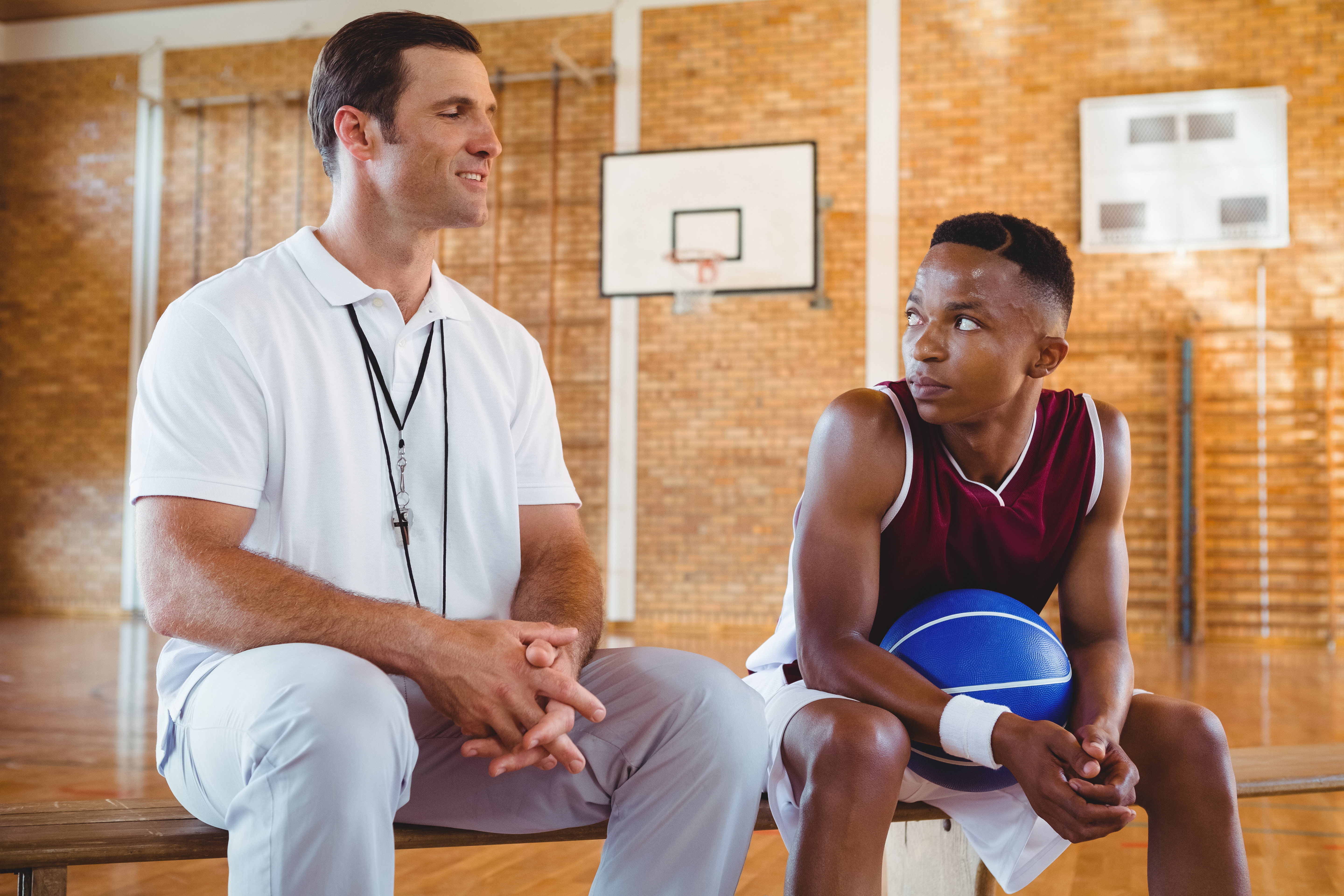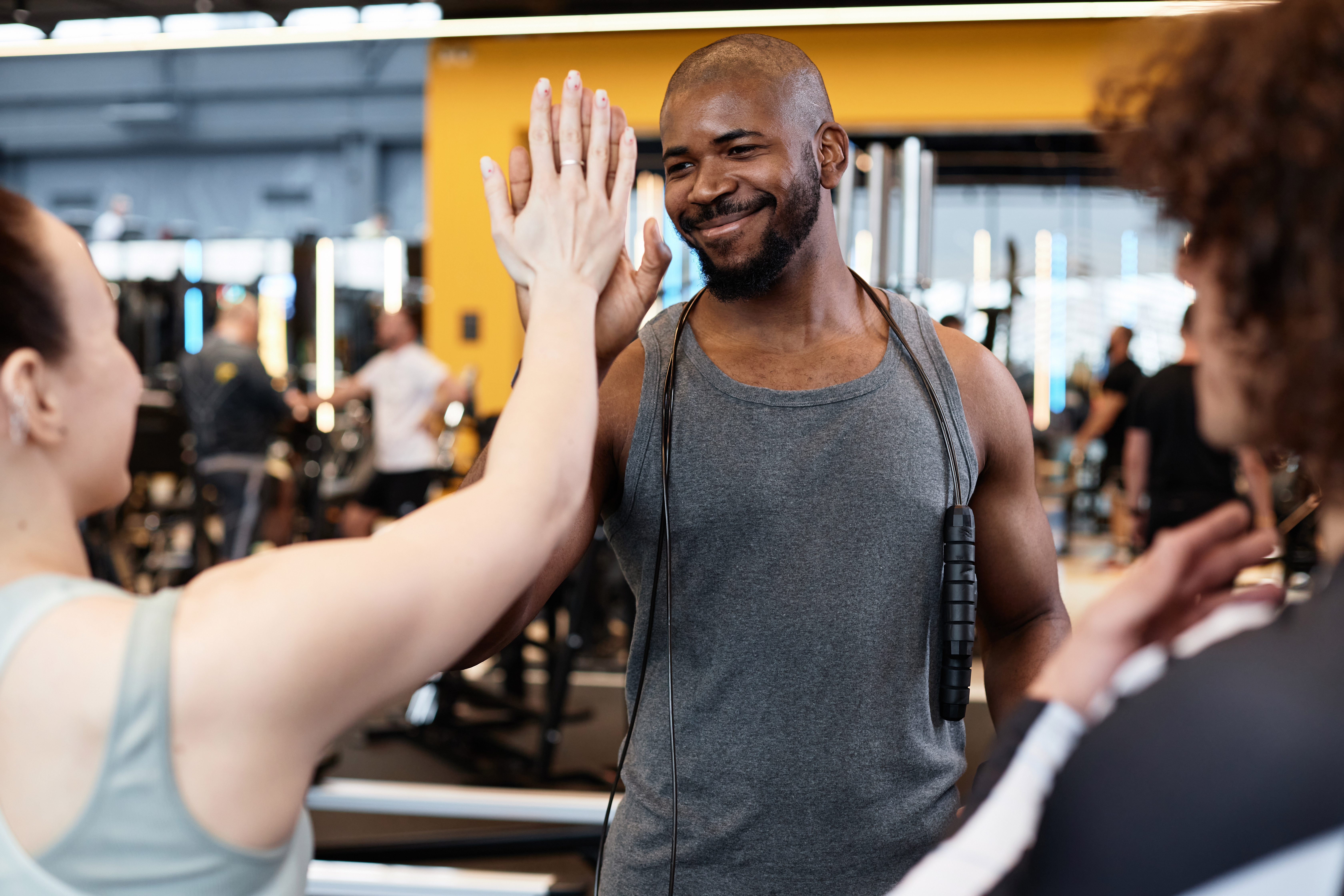Effective communication is a cornerstone of successful coaching. It not only helps in conveying strategies and instructions clearly but also in building trust, motivation, and a strong team culture. This blog post explores the best communication techniques that coaches can employ to enhance their coaching effectiveness.
Understanding the Importance of Communication in Coaching
Communication in coaching involves both verbal and non-verbal interactions that contribute to the development of athletes and the overall team dynamics. According to the Positive Coaching Alliance, effective communication can significantly impact an athlete's performance, confidence, and engagement.
Best Practices for Effective Communication
- Active Listening
Listening actively to athletes is crucial. It involves not just hearing words but understanding the emotions and intentions behind them. Active listening fosters trust and shows athletes that their opinions and feelings are valued.
- Clear and Concise Instructions
Providing clear and concise instructions helps reduce misunderstandings and ensures that athletes know exactly what is expected of them. This is especially important during training sessions and games where quick and precise communication is necessary.
- Positive Reinforcement
Encouraging athletes through positive reinforcement can boost their confidence and motivation. Recognizing and rewarding effort, improvement, and achievements helps build a positive team culture.

- Non-Verbal Communication
Non-verbal cues such as body language, facial expressions, and gestures play a significant role in communication. Coaches should be aware of their non-verbal signals and ensure they align with their verbal messages.
- Feedback and Constructive Criticism
Providing timely and constructive feedback is essential for athlete development. Coaches should focus on specific behaviours and outcomes, and offer solutions for improvement. Constructive criticism should be balanced with positive feedback to maintain athlete morale.
Building Relationships
Establishing strong relationships with athletes fosters open communication. Coaches should strive to understand their athletes' individual needs, strengths, and challenges. This personal connection can enhance mutual respect and cooperation.

- Setting Clear Expectations
Clearly outlining goals, roles, and responsibilities helps athletes understand what is expected of them. This clarity can reduce anxiety and improve focus and performance.
- Encouraging Team Communication
Promoting open communication within the team encourages collaboration and peer support. Team meetings, group discussions, and team-building activities can help athletes feel more connected and involved.

Effective communication is integral to successful coaching. By employing the techniques outlined in this post and leveraging resources from both internal and external links, coaches can enhance their communication skills, build stronger relationships with their athletes, and create a more cohesive and motivated team. For further reading and practical insights, explore the links provided above.
The Tournkey Event Ecosystem is a powerful series of tools designed to elevate your event’s profile while improving your event’s productivity and participant experience.


